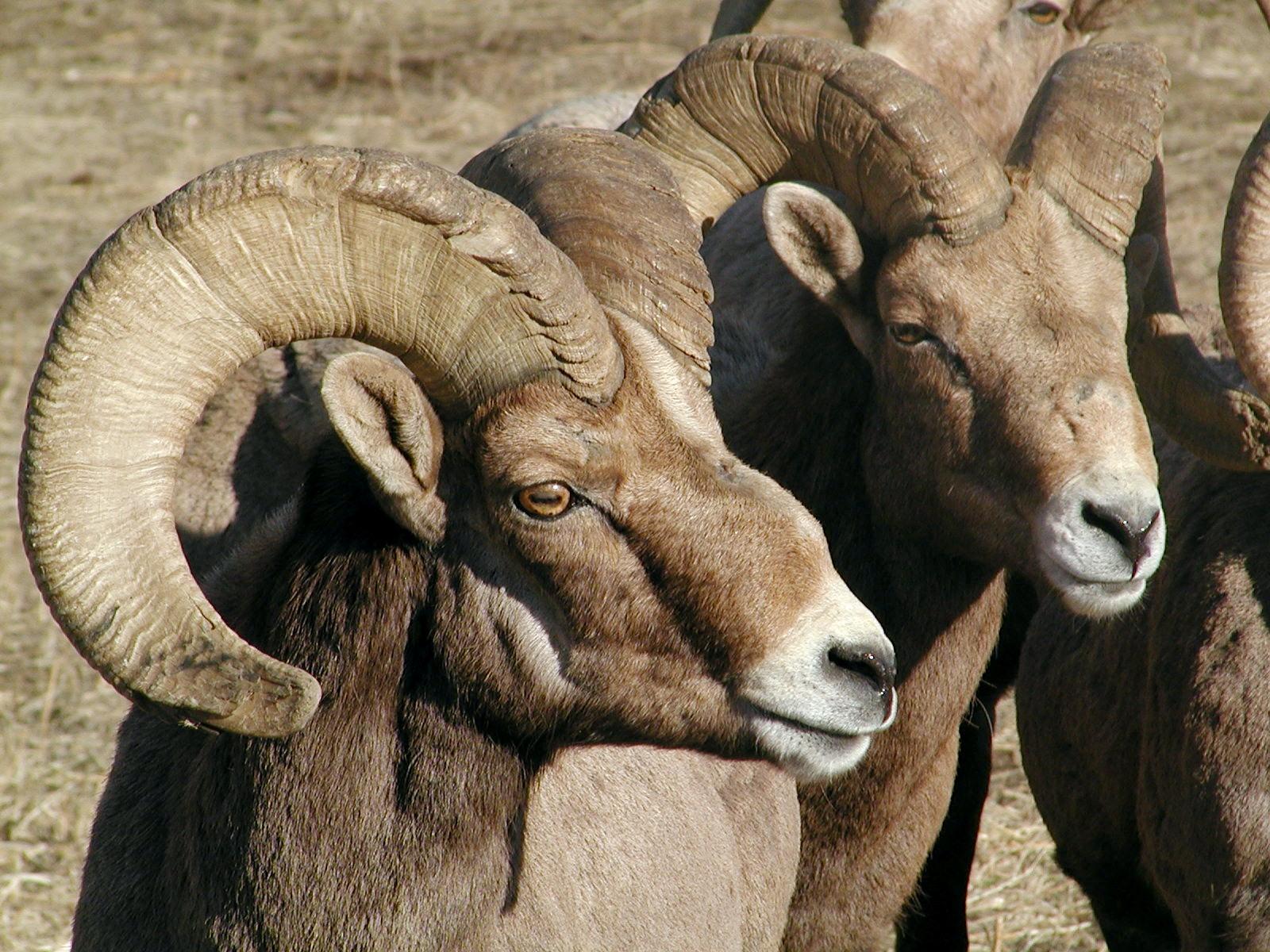ARCHIVED NEWS RELEASE
This document is provided for archival purposes only. Archived documents
do not reflect current WDFW regulations or policy and may contain factual
inaccuracies.
News release Jan. 11, 2023
Jennifer Becar, 564-669-0850
YAKIMA–The Washington Department of Fish and Wildlife will conduct aerial bighorn sheep, mule deer, and mountain goat captures from mid-January through March in multiple counties along the eastern slope of the Cascade Range.
Captured wildlife will be fitted with GPS collars and then released. Data from the collars will help wildlife managers better understand survival, movement, and habitat selection of these animals, which will aid in their monitoring and conservation.
Disease, habitat loss, and disturbance threaten ungulate populations, but their impacts are difficult to quantify without reliable scientific data and monitoring.
“Fitting ungulates with radio collars gives us an incredible dataset to help inform our management,” said Kyle Garrison, WDFW ungulate section manager. “GPS data allows us to study the impacts of a disease, like pneumonia in bighorn sheep, and ultimately help to identify management solutions. The data also helps us learn how animals use a landscape, which informs habitat conservation efforts that are key to long-term population viability.”
Monitoring will last for approximately four years and objectives will vary depending on species and location. Efforts in the Umtanum/Selah Butte and Cleman Mountain bighorn sheep herds will support continued research focused on understanding and eradicating pneumonia from these populations. Bighorn sheep in the Manson, Sinlahekin, and Mount Hull herds will be fitted with radio collars to better understand survival and seasonal home range. Data gathered from the Mount Hull herd will also be used to document connectivity between adjacent bighorn sheep populations.
Mule deer monitoring in Klickitat County will focus on habitat use prior to development, while work in eastern Okanogan County will provide information on seasonal home range and define migration corridors.
Biologists will also capture and release mountain goats throughout the Lake Chelan area to deploy radio collars that will gather much-needed information on adult survival and seasonal home range use while providing data for ongoing population monitoring.
The Washington Department of Fish and Wildlife works to preserve, protect and perpetuate fish, wildlife and ecosystems while providing sustainable fish and wildlife recreational and commercial opportunities.
